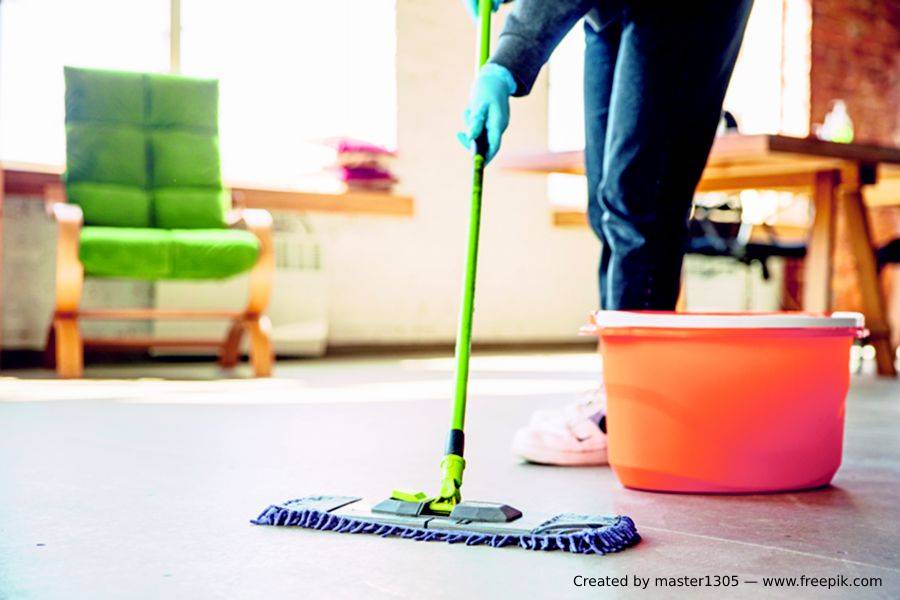
Copyright & credited by New Straits Times
https://www.nst.com.my/lifestyle/heal/2021/12/754529/keeping-your-home-clean
SPRING cleaning has taken on a new meaning since the Covid-19 pandemic. The average household now regularly buys disinfectants in bulk, ready to protect the home from germs and other microbes.
The only problem? Many people are cleaning incorrectly, says 3M commercial solutions division regional application engineer Li Bo.
Li explains that a lot of people don't realise that "clean", "disinfect" and "sanitise" have different meanings, and each requires a different product with varying effects on the surfaces they are applied on.
In anecdotal conversations with customers, 3M found that the average consumer may not actually be achieving a simple "disinfection" in many cases.
Unfortunately, the "spray and immediately wipe" technique doesn't do much more than remove visible debris on a surface or countertop.
As restrictions are now being eased, people are not only going out more often, but also welcoming visitors to their homes.
There may be increased traffic in and out of your home. Therefore, you'll want to make sure you're effectively minimising the risk of surface contaminants.
To ensure clean and safe surfaces in your home, first, clear away dirt and dust with a non-scratch scouring sponge. Scrub and wipe surfaces clean.
Then, choose an appropriate disinfecting spray that has been approved by the United States Environmental Protection Agency (EPA) or a local equivalent to ensure effectiveness against viruses.
US EPA-approved products usually have the "EPA Reg. No." on the label, and it should also include a list of viruses that the product is effective against.
Li says when disinfecting, it is crucial to read and follow the steps that are outlined on the product label. There may be important notes that many people tend to overlook.
One of the things that people don't realise is that for disinfectants to work, the solution has to sit on the surface for a certain amount of time, often referred to as "dwell time".
The average dwell time can be up to several minutes or more, so it's important to look at the label to determine what dwell time the product requires.
"Many people also have the habit of using too little disinfectant. To ensure that the surface is properly disinfected, the whole area needs to be thoroughly saturated," says Li.
After the fully saturated dwell time is up, use a microfibre cloth to wipe up the remaining disinfectant.
"A surface will only be properly cleaned and disinfected when those steps are followed," he says.
GET IT RIGHT
To ensure thorough cleaning, it's important to understand spring-cleaning terminology and act accordingly.
Clean
This simply means the removal of visible debris such as dirt and dust from surfaces.
Sanitise
Involves using a product that reduces the number of bacteria and other microbes by 99.9 per cent when used as directed on the product label.
Disinfect
Using a chemical agent that destroys 99.9999 per cent of microorganisms including disease-causing pathogens (potentially Covid-19 as well) when used as directed on the product label.

2020 HWGB Biotech. All rights Reserved.